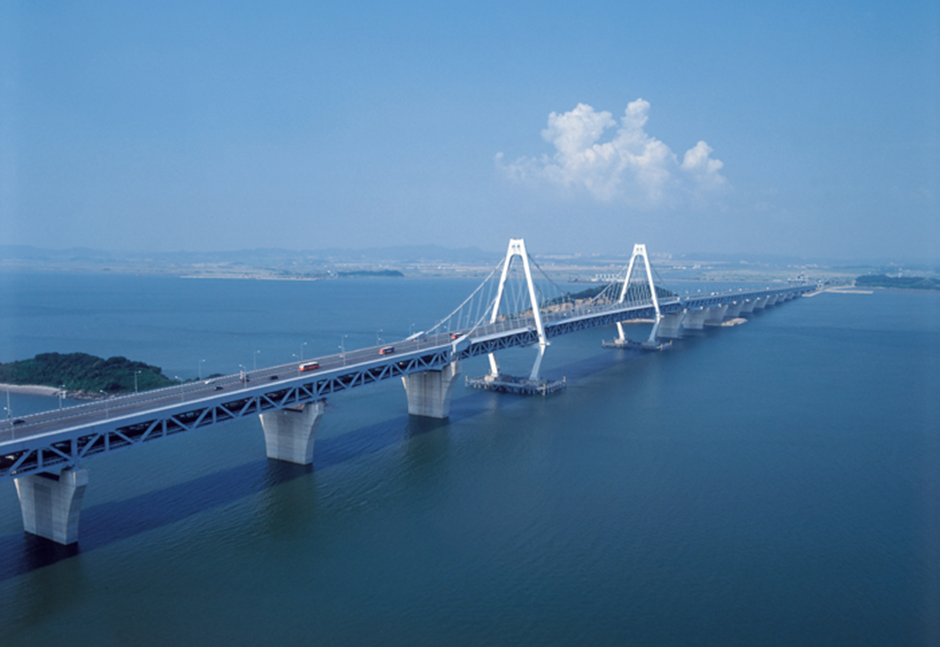Yeongjong, Yongyu, and Bukdo-myeon (Ongjin-gun) residents only pay KRW 2,900
The subsidy currently available for Yeongjong, Yongyu, and Bukdo-myeon (Ongjin-gun) residents using the Airport Expressway to get to and from their homes is set to get a major upgrade.
Starting on October 1 this year, Incheon will offer a subsidy worth KRW 3,700 in toll fees for vehicles registered to residents of Yeongjong, Yongyu, and Bukdo-myeon using the Incheon International Airport Expressway (Incheon Airport Toll Gate). A full fare costs KRW 6,600 per vehicle.
Previously, a subsidy was given only to vehicles traveling to and from Incheon using the lower deck of Yeongjong Bridge, but from October, the offer will cover vehicles traveling to and from other regions, including Seoul, using the upper deck.

▲ The subsidy for cars traveling on Yeongjong Bridge’s upper deck was a pledge made by the Mayor last September during his visit to Yeongjongdo. The KRW 3,700 subsidy for cars driving on the upper deck of the Bridge means locals only have to pay KRW 2,900out of pocket.
The subsidy for cars traveling on Yeongjong Bridge’s upper deck was a pledge made by the Mayor last September during his visit to Yeongjongdo.
The KRW 3,700 subsidy for cars driving on the upper deck of the Bridge means locals only have to pay KRW 2,900out of pocket, which is on par with public expressways.
With this new subsidy in place, local residents will no longer have to go through the hassle of usingthe Cheongna Interchange and getting on the lower deck of Yeongjong Bridge (via Bukincheon Toll Gate) to make sure they get the subsidy. Moreover, the subsidy is expected to help alleviate peak-hour traffic congestion caused by vehicles entering and exiting the Cheongna Interchange.
In addition to this new subsidy, Incheon is pushing to install the first-ever Hi-Pass system in Korea exclusively designed to automatically deduct the subsidy from toll fares paid by locals. Currently, getting the subsidy requires the driver to stop at the expressway toll gate and physically tag a card, which causes traffic congestion during rush hours. It also took locals roughly two weeks to apply for and receive the card to use at the toll gate.
If the Hi-Pass system and website developed specifically for locals come on line, they could reduce traffic congestion and the inconvenience caused by having to get a separate card and tag it every time the car passes through the toll gate.
The City plans to do its best to make sure this new Hi-Pass system is ready on October 1, which is when the toll subsidy for Yeongjong Bridge’s upper deck begins.
Meanwhile, since 2004, Incheon has been subsidizing toll fares paid by locals residing living in Yeongjong, Yongyu, and Bukdo-myeon (Ongjin-gun), who have no choice but to use the Incheon International Airport Expressway and Incheon Bridge.
Last year, the City Government spent KRW 17.7 billion on subsidies, and the new subsidy scheme that covers the upper deck of Yeongjong Bridge is expected to cost KRW 3.5 billion more per year.